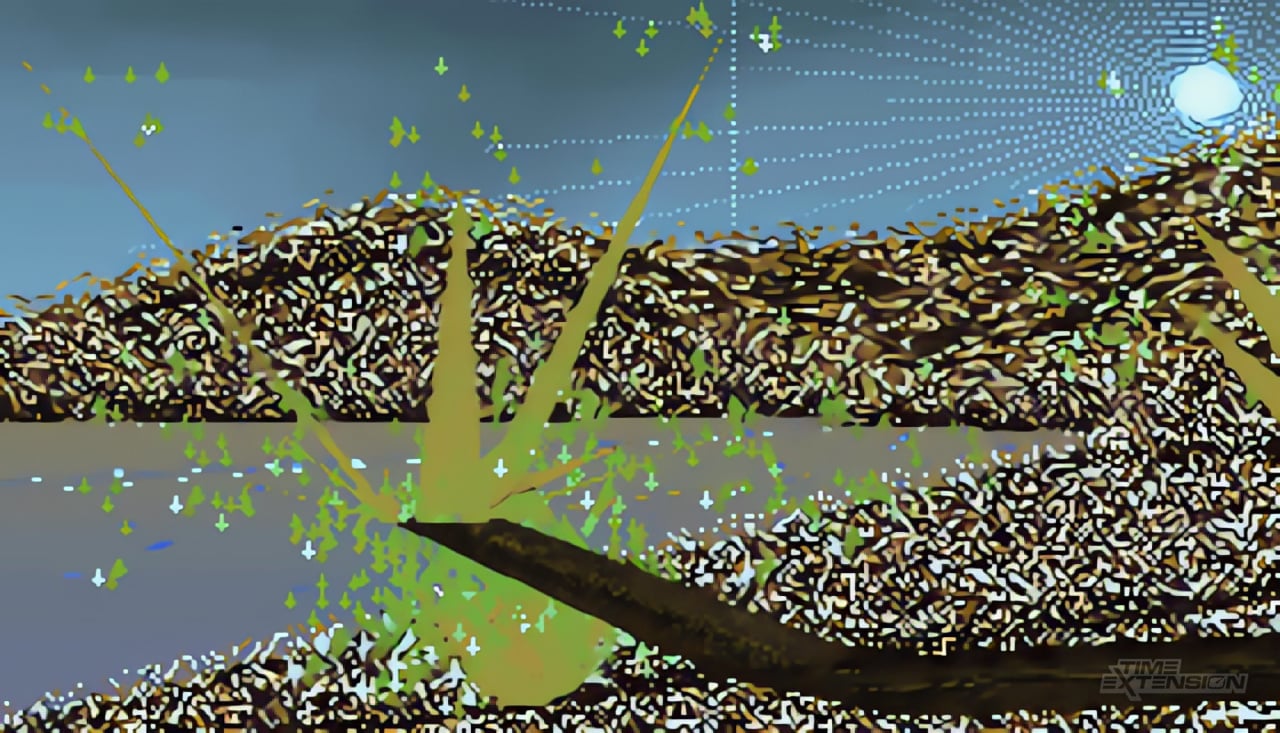“I barely interact with human beings these days”.
Even before struggling to create fire, the stars have been mankind’s biggest dream. Oh, to one day reach and explore them, finally find out what is behind that blanket of darkness and light that keeps us sleeping and, sometimes, awake, for hours every day. It is that same belief and dream about the stars that brought many developers to create a universe that could be freely and fully explored. That same belief animated Alessandro Ghignola, an Italian developer who, in 1996, began working on the first version of the space exploration simulator, Noctis. But, in reality, the work began much earlier.
Set in the Feltyrion galaxy – which is around 90 thousand light-years in radius – Noctis presents players with 78 billion stars to chart and explore, along with their accompanying planets, moons and other objects of interest. Each procedurally-generated world offers up its own climate, life forms and – most chillingly of all – ruined civilisations. The aim in Noctis isn’t to ‘win’ as such; instead, players are expected to catalogue their findings as they explore the boundaries of the galaxy.
Read the full article on timeextension.com
“I barely interact with human beings these days”.
Even before struggling to create fire, the stars have been mankind’s biggest dream. Oh, to one day reach and explore them, finally find out what is behind that blanket of darkness and light that keeps us sleeping and, sometimes, awake, for hours every day. It is that same belief and dream about the stars that brought many developers to create a universe that could be freely and fully explored. That same belief animated Alessandro Ghignola, an Italian developer who, in 1996, began working on the first version of the space exploration simulator, Noctis. But, in reality, the work began much earlier.
Set in the Feltyrion galaxy – which is around 90 thousand light-years in radius – Noctis presents players with 78 billion stars to chart and explore, along with their accompanying planets, moons and other objects of interest. Each procedurally-generated world offers up its own climate, life forms and – most chillingly of all – ruined civilisations. The aim in Noctis isn’t to ‘win’ as such; instead, players are expected to catalogue their findings as they explore the boundaries of the galaxy.
Read the full article on timeextension.com










